Whether you’re relocating to a shiny new office across town or simply moving from one floor of your building to another, one of the biggest risks of office relocation is losing valuable company data. From outlines of company plans to sensitive employee information, this data is likely to be stored on IT equipment like PCs and hard disk drives. These devices are more vulnerable to being damaged or lost during a move than they would be if they were just sitting in your office, so it is imperative that you keep them safe to ensure that no company data is lost.
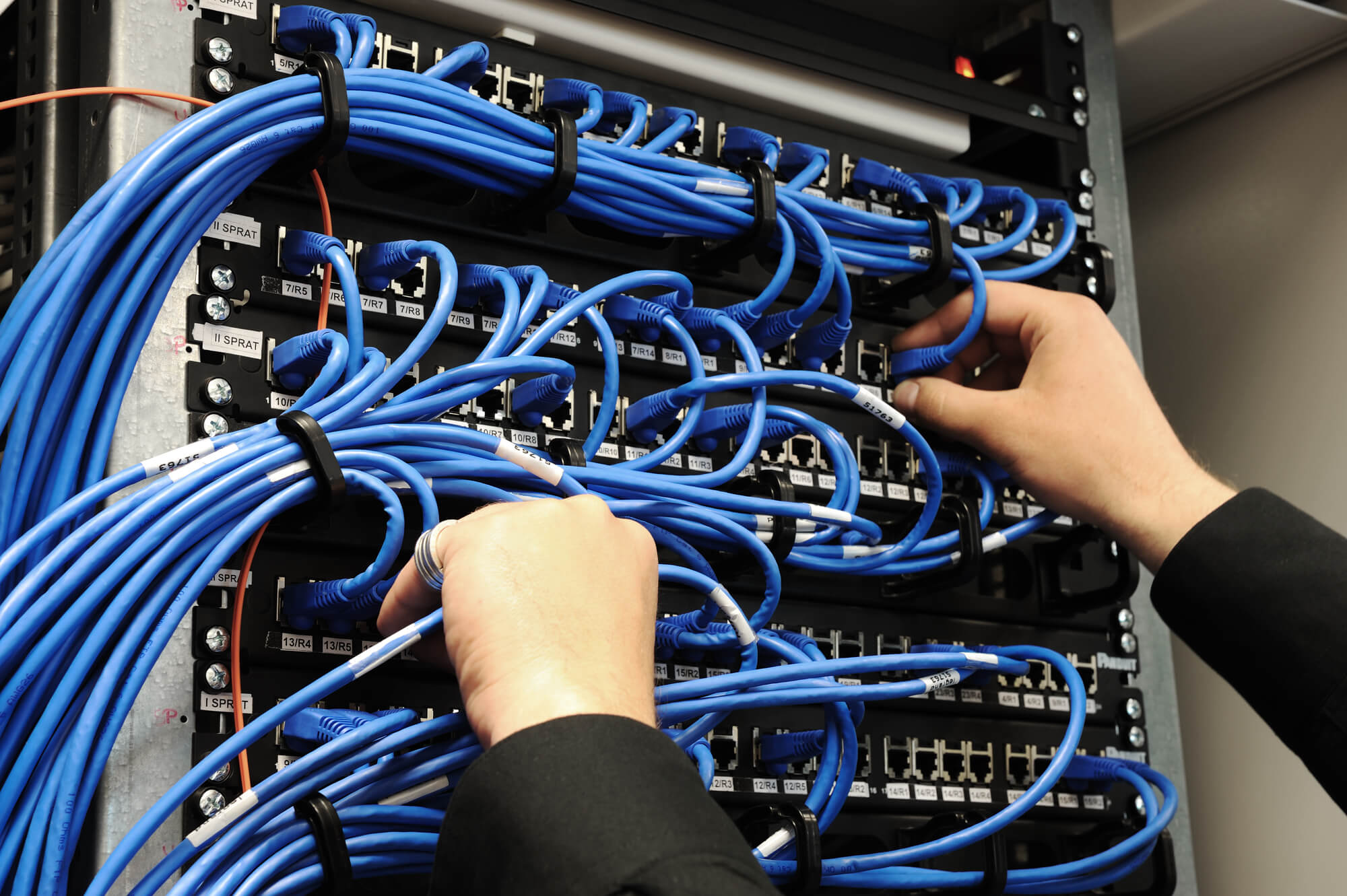
For comprehensive management of your office move’s IT aspects, contact Evolve Relocation today. Our qualified team and finely honed process has helped countless businesses, big and small. If you’re handling your office move alone, follow this IT relocation checklist to make sure your move goes ahead without any computer disasters, and without any lost data.
BEFORE THE MOVE
- Backup your data
- Check your data recovery process works
- Create an IT Move Sheet
- Get any broken equipment fixed
DURING THE MOVE
- Check your machines are working and turn them off
- Make sure that labelling is accurate
- Disconnect everything
- Wrap your equipment
- Make sure the moving cages are secure as possible
- Secure equipment when loading on to the moving vehicle
- Carefully unload equipment
AFTER THE MOVE
BEFORE THE MOVE

The IT relocation starts long before a moving van arrives. First, you must map out the process, and make sure safeguards are in place should any data go missing on the way.
1. Backup your data
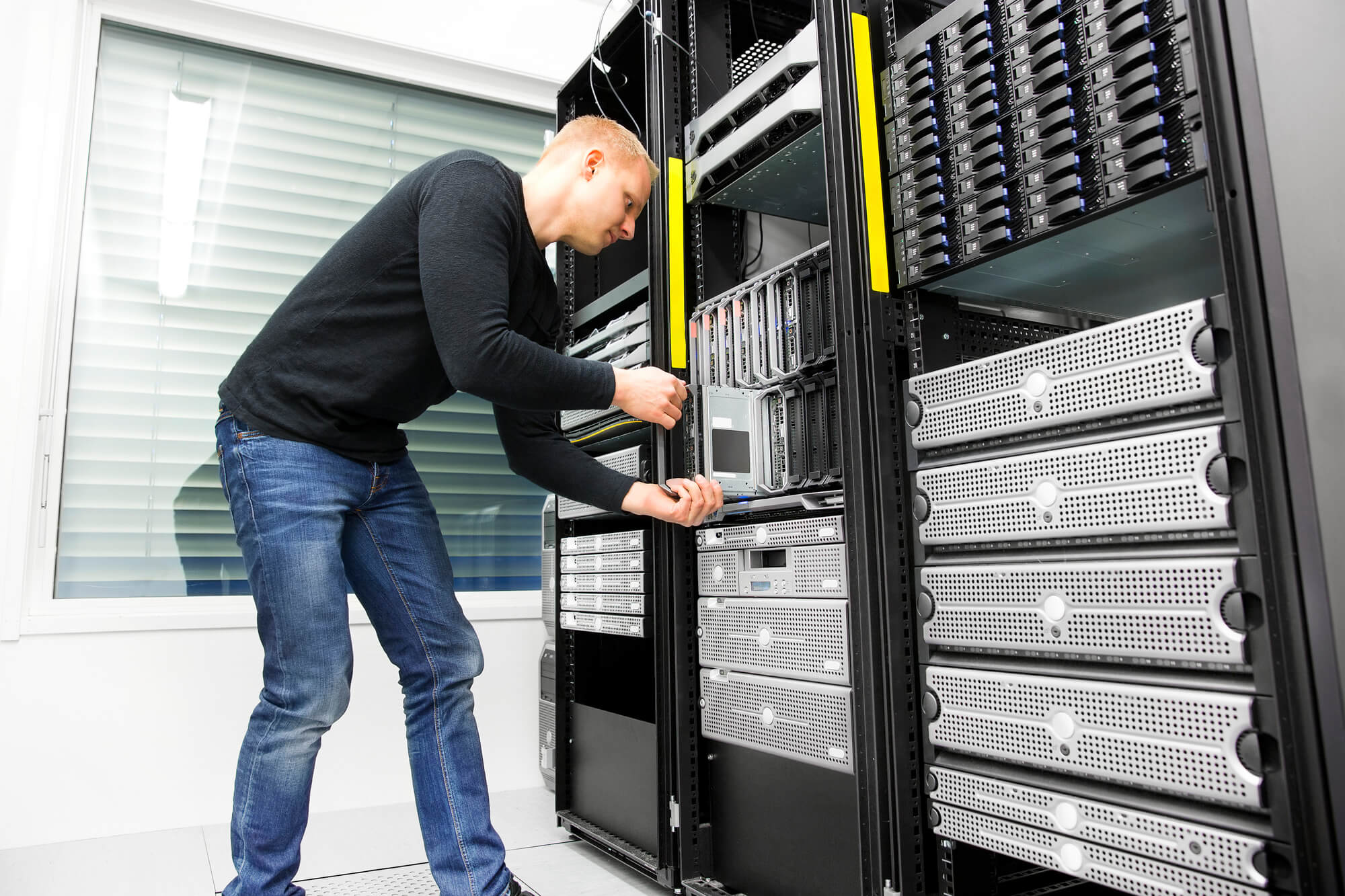
A no-brainer when it comes to protecting your data—make sure that everything on each of your devices is backed up. You can either do this by copying the data to another device or external hard drive, or by backing everything up on the cloud.
2. Check your data recovery process works
Next, make sure your data recovery process is up to date and working. If the worst happens and your data storage devices are either damaged or go missing, you need to make sure that the data they contained is not lost forever. Test your recovery software to see if it is able to recover particularly large files, or a large quantity of files. If not, you will have to update it before the move.
3. Create an IT Move Sheet

Create an IT Move Sheet to document key information about your data storage devices. This includes: what equipment there is, where it will be moving, and how it will be reconfigured. Make sure to pay special attention to any equipment that is of particularly high value. All of this information will help ease the process of moving in.
4. Get any broken equipment fixed
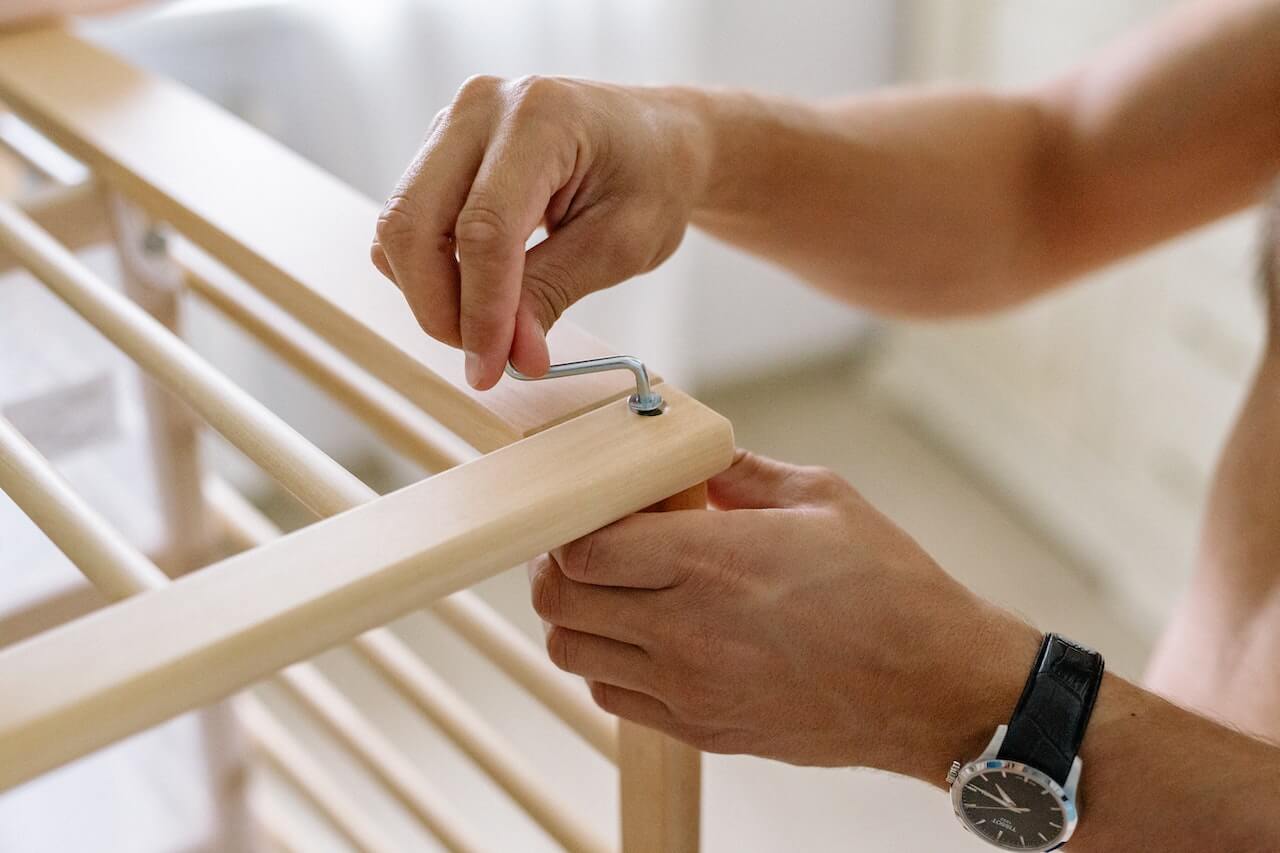
If you notice faltering pieces of equipment—such as anything running particularly slowly or is making strange noises—then you may need to take action. Faulty devices are more susceptible to being corrupted during a move, since even minimal bumps during transit could push them over the edge.
You will need to either get them fixed or delete the information they hold and dispose of the machines (after backing up the stored data). Make sure you do this securely, or you run the risk of somebody still being able to access the information on the devices. We offer IT recycling and disposal services to help with this, which include secure data destruction as part of the package.

DURING THE MOVE
It’s now time for the big move, but unfortunately this is where IT equipment storing sensitive data is most vulnerable to damage, which could lead to data loss. It is therefore imperative that your items are carefully packed and handled during the relocation itself. Here’s how to do it.
1. Check your machines are working and turn them off
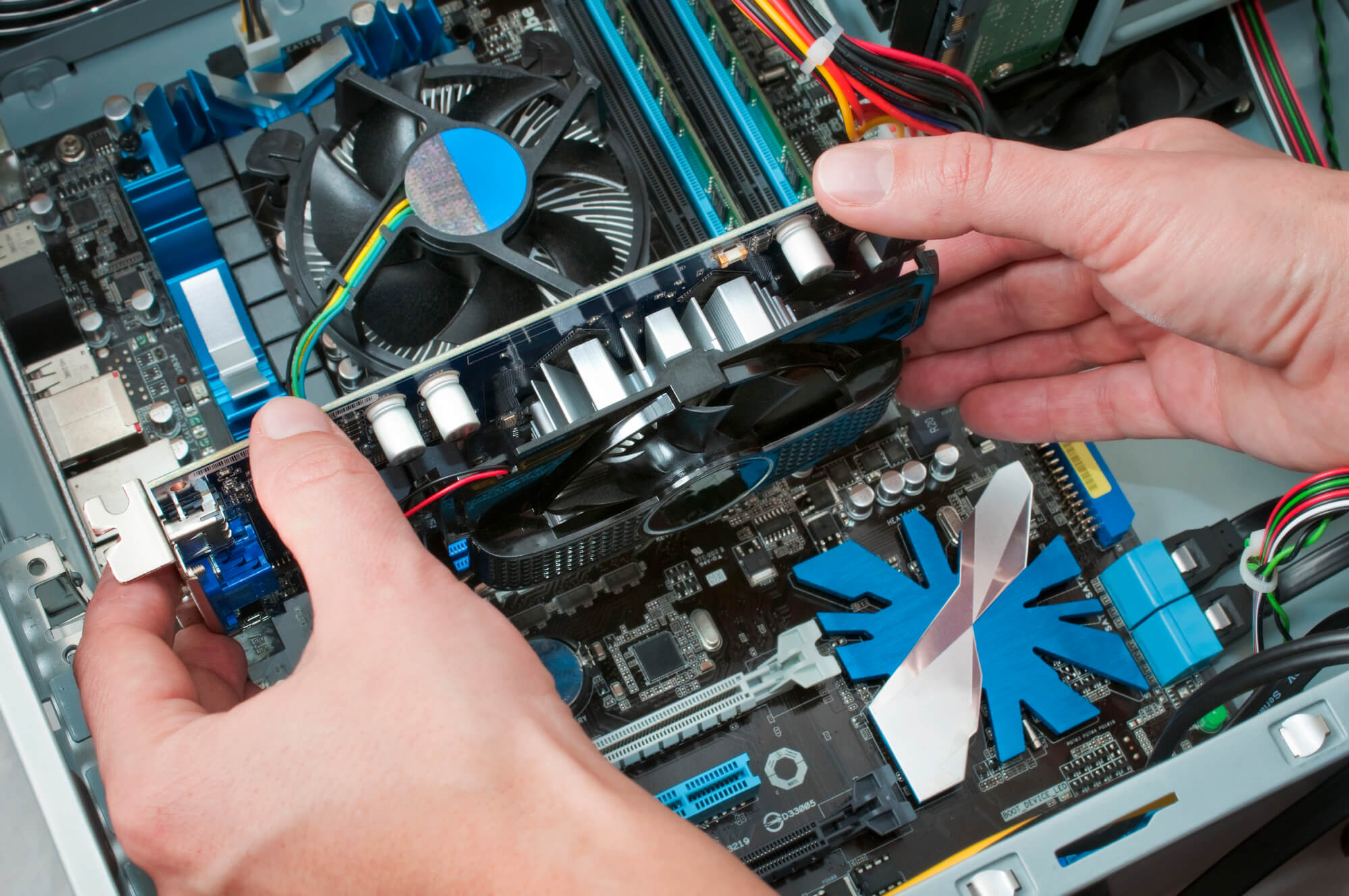
It is advisable to check one last time that your equipment is working properly, for the same reason as above. You should then turn them off—it is unwise to transport portable devices like laptops whilst they are still turned on, as this could cause them to overheat, potentially leading to data loss.
2. Make sure that labelling is accurate

Checking that your equipment is labelled correctly will ensure you know exactly where to set it up in the new office. The less the equipment is moved about when you get there, the less vulnerable it is to damage. Knowing where everything goes will also make it easier to get your business up and running again.
3. Disconnect everything
Disconnect all general cabling and unplug network cables, noting connection port numbers if required. De-cable desks where required.
4. Wrap your equipment

Wrap your equipment with anti-static bubble bags. This will minimise the chances of it being damaged by any bumps that could potentially occur during transit. If you are working with Evolve Relocation, we will provide these bags, along with all other packing materials.
5. Make sure moving cages are secure as possible
For added protection, line the moving cages you’re transporting data storage devices in with bubble wrap—you may also want to shrink wrap these cages for security and weather protection reasons.
6. Secure equipment when loading on to the moving vehicle
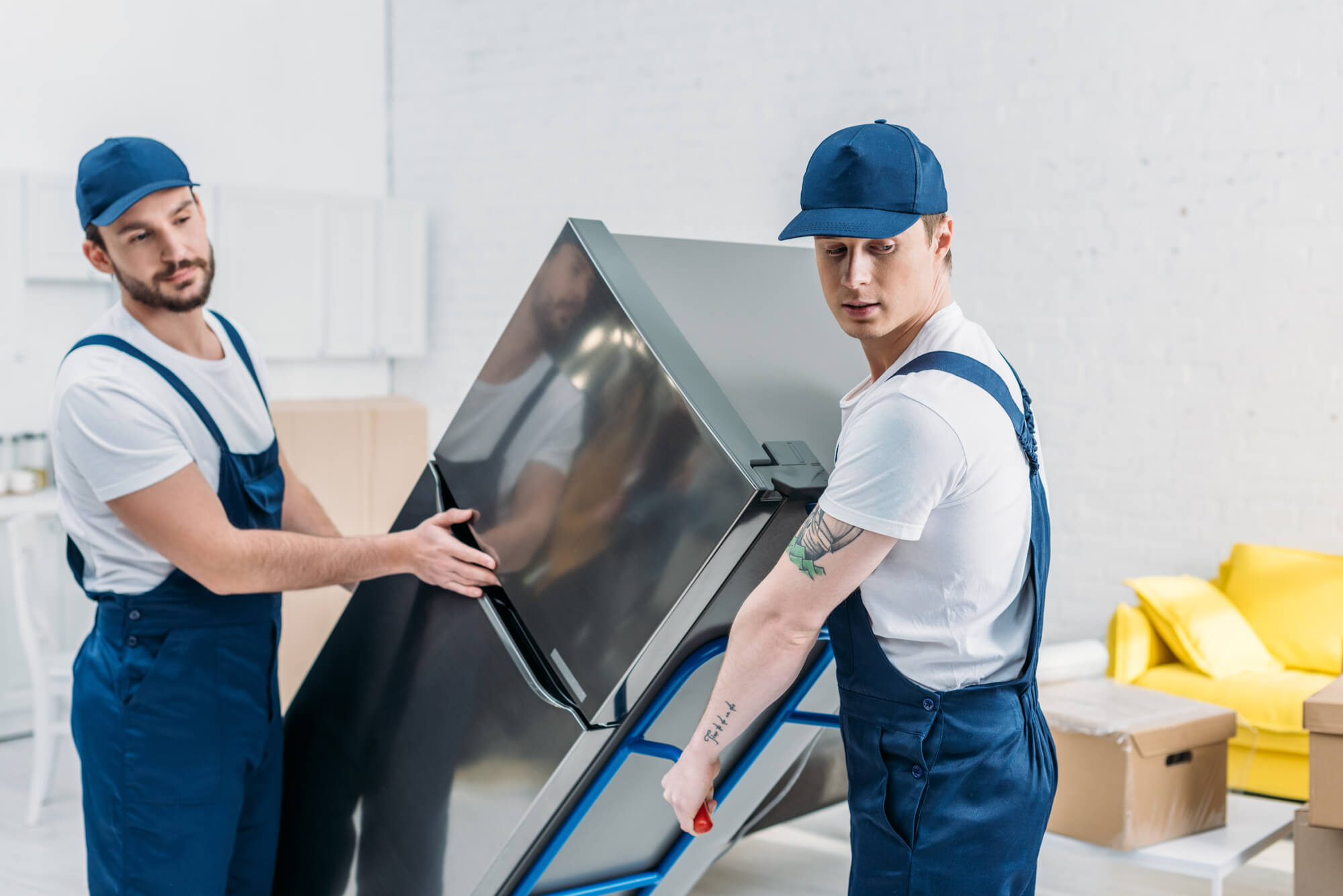
Secure your equipment with webbing straps when wheeling the cages into position on the moving vehicle. You may want additional protection during this stage too—card, woollen blankets, or ratchet straps are all great options.
7. Carefully unload equipment
When the cages arrive at the new office, carefully unload the equipment from the vehicle. If it is raining and the cages are not shrink-wrapped, protect the cage contents with a woollen blanket or another protective cover when carrying them into the office.
All of this will ensure that your equipment is safely transferred from one location to another, and that your data remains safe.

AFTER THE MOVE
Congratulations, you’ve finally made it to the new office. It won’t be long before you’re all settled in, but first there a few more steps you need to take to recommission your equipment and ensure your data is kept safe.
1. Position equipment correctly
Check the positioning of your equipment against your labelling, before examining the IT Move Sheet to ensure the devices are placed and set up according to your preferences. Make sure you connect all new power cables where specified, and connect data cables to selected ports. Run cables through the desk and tidy to agreed cable management specification—you don’t want metres upon metres of cable running through your office and creating hazards.
2. Set up equipment
Power up your devices and connect them to the server. Make sure they all work as well as they did before the move, and use this time to iron out any connectivity issues.
3. Test your printers
Connect your printer to your network and send a standard document to them to test whether they work. Once this is sorted, you’re all good to go!
By following Evolve’s office IT relocation checklist, you can ensure your all-important data is kept safe during an office move. It is understandable that this level of organisation may feel overwhelming, so it may make sense to look towards an external company to relocate your IT equipment on your behalf. This would you give you extra peace of mind during an already stressful process. Here at Evolve Relocation, we have plenty of experience in office IT relocation, and our rigorous moving process ensures our clients’ data is always kept safe. Get in touch today to find out more.
